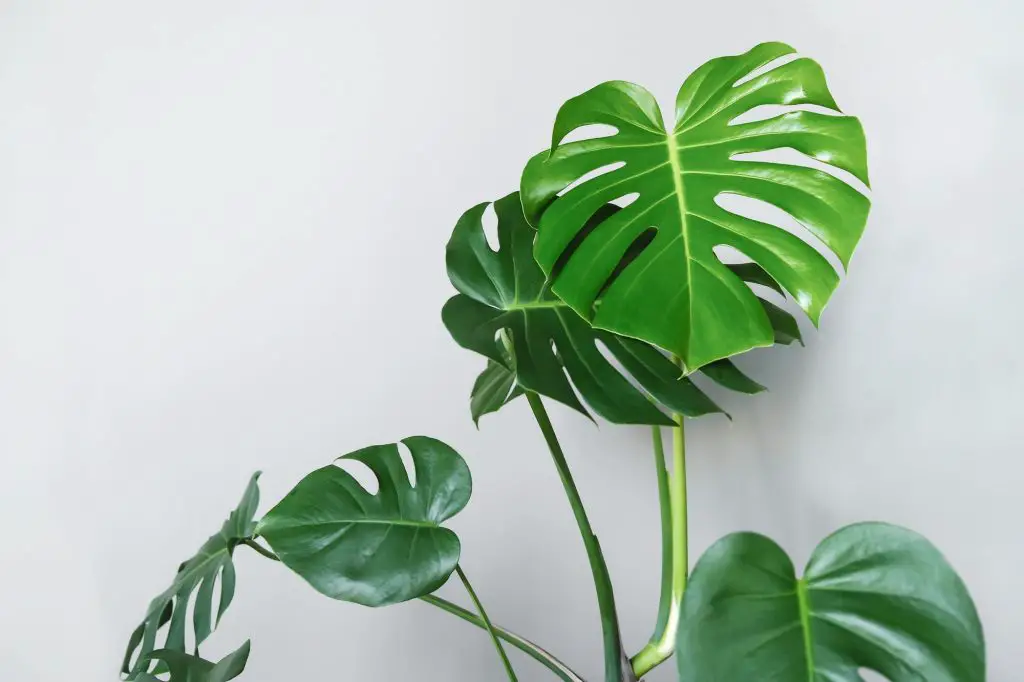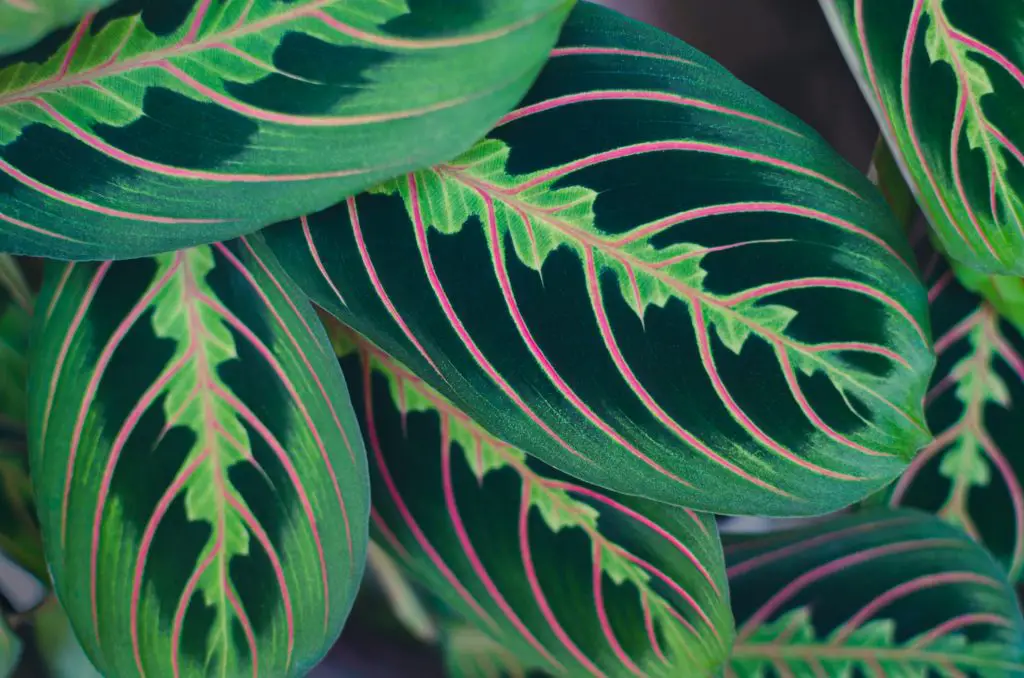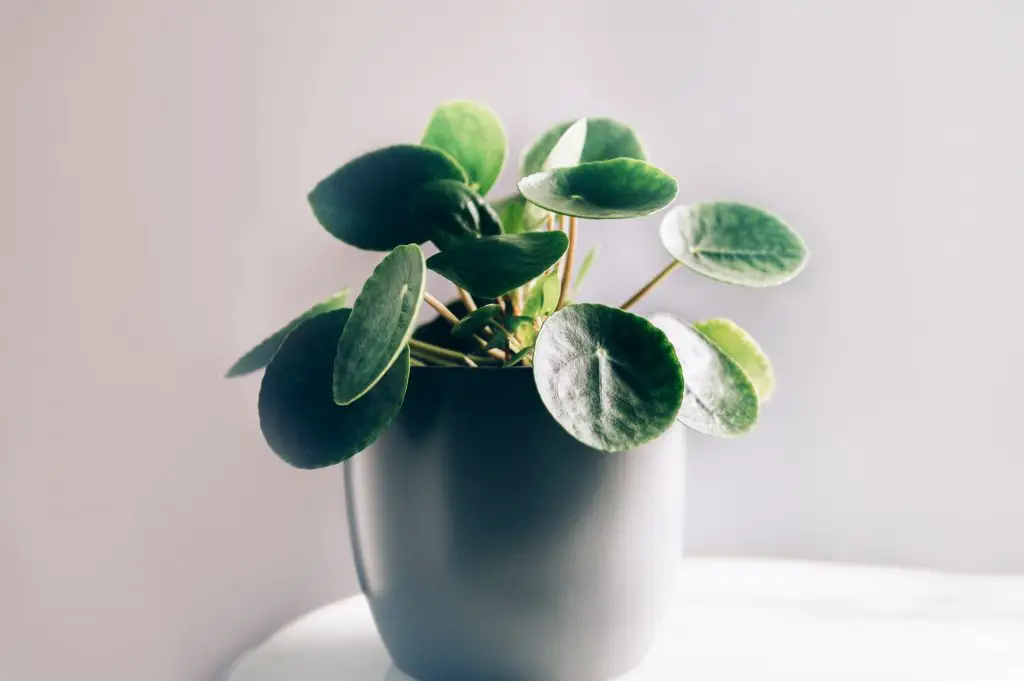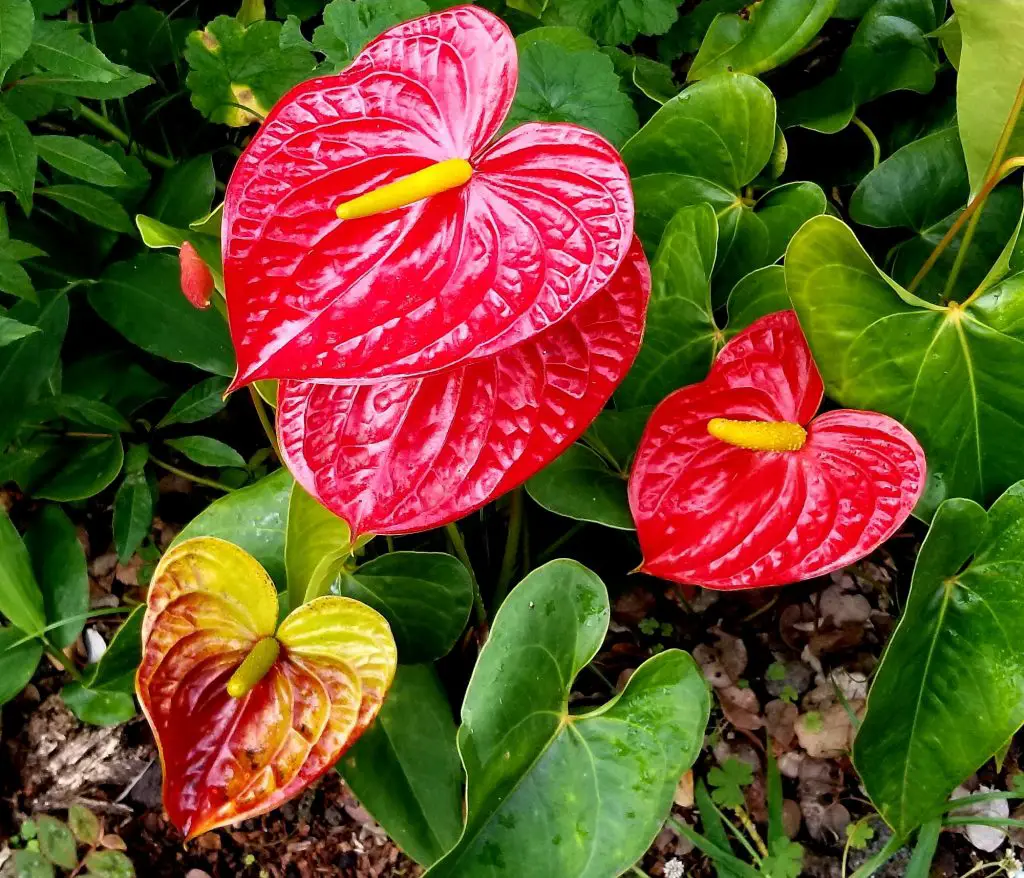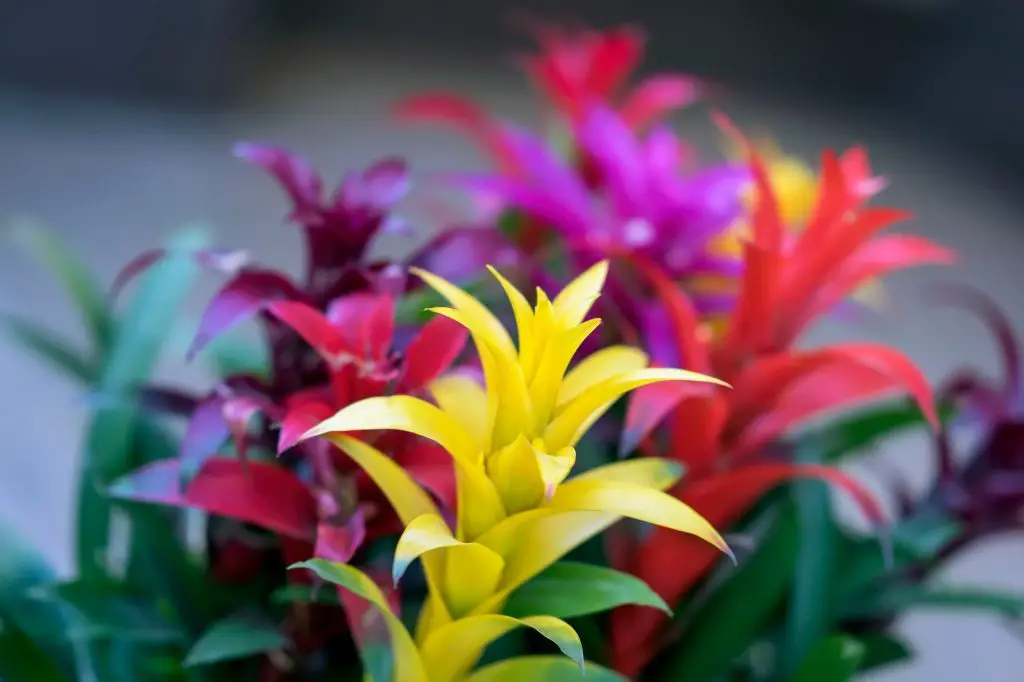Have you seen this huge leaf before and wondered what it is? Monstera deliciosa is a beautiful, special, unique plant. The name monstera was gotten from a Latin word, which translates to “monstrous” or “abnormal”, it has about 22 species, it is a tropical plant, from the Araceae family.
This particular species of the monstera “deliciosa” which means delicious, signifies that the monstera deliciosa is an edible plant. This species is grown in places like Mexico, Central America, and other tropical areas.
The swiss cheese plant is mainly grown for its large, dark green, shiny leaves. in its natural habitat, the plant can grow to 20m, climbing up trees, in a search for light. It is, however, best known as an indoor ornamental plant.
As the plant grows, the edges of the leaves become deeply cut and have holes in them.
Other reasons for growing the plant includes the flowers, fruits, roots, etc. the roots are used in many places for making ropes, the fruits; which is the only edible part of the monstera deliciosa is said to taste like a combination of pineapple, banana, and mango is usually eaten only when it is ripe, it can be irritating to the throat when it is unripe.
Related read: Touch Me Not Plant: Everything You Wanted to Know About Mimosa Pudica
Table of Contents
Benefits of the Swiss cheese plant (monstera deliciosa)
The monstera deliciosa has a lot of advantages and some of them are as follow;
- When ripe, the monstera deliciosa’s fruit is filled with vitamin C, proteins, vitamin B, calcium, and phosphorus.
- A very important advantage of the Monstera deliciosa is that with its patterned leaves, it makes the office or home very attractive.
- Monstera deliciosa can be used to cure different diseases and health issues e.g. snake/insect bites, arthritis, etc.
- It can be useful in humidifying air conditions.
These and many more are the benefits of monstera deliciosa, however, it is important to note that the leaves of monstera deliciosa are toxic to both humans and animals, the only edible part of the plant is the fruits, which can cause stomach irritation when not ripe.
When it comes to taking care of a plant, there is no end to the number of questions people ask. This is not wrong, asking questions helps you make the right decision. If you are looking for answers to your questions on caring for a Swiss cheese plant, then you should read further!
How long can monstera deliciosa live underwater?
The monstera deliciosa can live in water for a long time. it is common to transfer the plant into the soil, however, there is a possibility that you can leave your monstera deliciosa for as long as you want in the water.
Yes, a lot of people are not aware that the Swiss cheese plant is adaptable to any condition, hence can thrive in water. However, it may not be completely healthy and may not grow to its full potential. You may not get huge, big leaves like the monstera in its natural habitat.
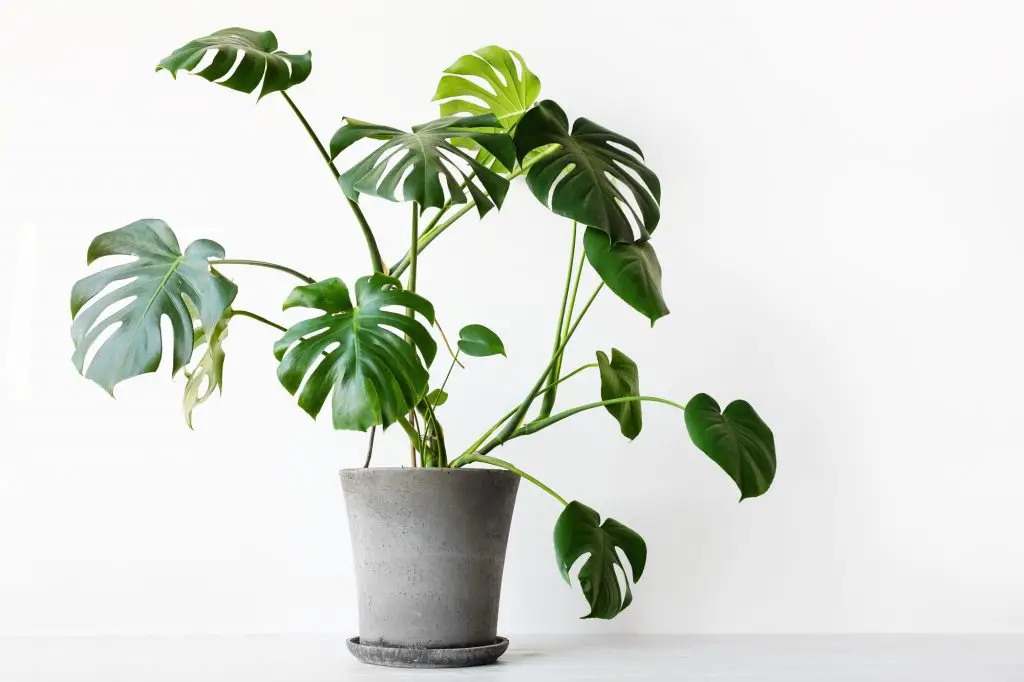
How do you revive a dying monstera deliciosa?
If you find your Swiss cheese plant dying, there are a few ways to revive it to its normal health.
1. Watering
Underwatering your plant can cause it to die, hence watering your plant can help revive it. before doing this, check to be sure your plant needs water or it may lead to overwatering. If you notice your plant has dried, brown leaves, light, and dry soil then your plant needs to be watered.
- Start by putting warm temperature water into a bucket.
- soak your monstera for about 20-30 minutes then take it out and place it back into its pot and let it drip dry
- water continuously for one to two weeks often.
- After this, go back to the normal care and observe the pant. If you notice that its root still feels dry, you can leave it in water for 30 minutes, during the first week. The purpose is to make sure the soil is moist.
2. Lack Of Humidity
Lack of humidity can make your plant die gradually. While watering, it is important to make sure that the air in your home isn’t dry. This is usually common in winter when the heat in the home is on. Here are some of the ways to increase humidity for humidity;
- Get a spray bottle and mist your monstera plants few times a week.
- Wash off any dust on your monstera plant with lukewarm water.
- Get a humidifier for your plant, some humidifiers let you place them on a timer, that way you can schedule when it should be on and off.
3. Pests Care For Your Swiss Cheese Plant
The reason for your plant’s dyeing maybe because of the infestation of pests. Your plants may be disturbed by spider mites, scale insects, etc. if you find pests on your pests, then you need to do the following;
- Get your plant into the shower and run it a bath.
- Get it out of the shower and change the soil, while you do this, handle the roots with care.
- Get insecticides to get rid of the infestation.

How To Propagate Swiss Cheese Plant (monstera deliciosa)
Monstera deliciosa love medium to bright indirect light but the seeds are extremely slow and it’s one of the reasons propagation is vital. This plant happens to be a very healthy plant but propagation allows you to shape it the exact way you want it.
There are a couple of ways you can propagate the swiss cheese plant which includes seeds, cuttings, or air layering. but the most common method is propagated by rooting seeds cutting.
1. Propagating Through Stem Cutting
This is regarded as the common way to propagate the swiss cheese plant. Swiss cheese plants are considered easy to root and with cuttings, you get the option of rooting them in water first or simply have them stuck straight into the soil. Here are simple steps to propagate a monstera root:
- Locate your stem cutting: You should ensure the part of the plant you are cutting is healthy to give you a chance of success. So, first, make sure your monstera has only one node which is just below each leaf on the main stem.
- Make the cut: This is known to be the scariest part. Use a pair of clean scissors or shears to make the cut. Make a clean cut across your plant in a diagonal way to increase the surface area of the cutting.
- Take off any lover leaves: Carefully remove any lower leaves on the lower part of the cutting as they tend to rot if they are sat in water for too long.
- Fill up your container with water: Next is to fill your container with fresh temperate water and place your Monstera plant in it. Make sure the water isn’t hot or super cold.
- Change out the water regularly: It is vital that you keep the water in the Monstera propagation clean so you should have it changed regularly.
- Be patient: At this stage, there is nothing else to do but be patient and change out the water regularly.
2. Propagating Through The Air Layering Method
This method of swiss cheese plant propagating is a bit trickier hence it is recommended if you are a slightly more experienced plant propagator. This process forces the Monstera plant to grow aerial roots before you actually take a cutting.
- Locate a healthy part of the stem: Just like stem cutting, you need to locate a healthy strong part of the stem.
- Make a vertical incision inside the stem: Next is making use of a pair of clean scissors to cut into the stem that is a couple of inches long and make sure you go about halfway into the stem.
- Open the incision up: This can be tricky as you don’t want to poke through the stem of your Monstera. Experts recommend using a toothpick to hold it open.
- Attach damp peat moss to the side of the incision: To make sure it stays damp, tie the peat moss around the stem.
- Wrap the peat up: Wrap a piece of plastic around the peat moss and Monstera stem.
- You can cut off the stem once you see a new root.
3. Propagating Swiss Cheese By Seed
This is considered a surprising method and is rarely used since it’s slow. But, yes swiss cheese can be propagated using seeds. Although the seeds can also be very difficult to come by it’s not too difficult to grow if you get the basics right. The seeds of Mosteria delicious have a very short lifespan so they need to be used as soon as possible.
It can be started pretty much like every other seed plant. Plant the seeds and have them covered with a thin layer of soil and they should be kept moist. You shouldn’t worry too much about light, they do have an odd way of growing away from light.
FAQ On Swiss Cheese Plant Care
How do you make a monstera bushier?
Monstera, when old may sprout up new shoots. if you are looking to make them bushier and do not have the patience to wait until they become really old, you can take a top cutting, from the same plant, and plant it in the same pot. This is a very easy way to make your Swiss-cheese plant.
Do swiss cheese plants grow fast?
When placed in the right condition and given adequate care, the Monstera deliciosa can be expected to grow to about1 – 2 feet per year. As the plant grows bigger, it produces a new leaf in 4 – 6 weeks. The growth rate can either reduce or increase, depending on the environment and the care is given to the Swiss-cheese plant. You can boost your plant’s growth rate by exposing it to more light, and by watering it properly.
Why is my monster deliciosa leaves curling?
When your Swiss cheese plant begins to curl, it is a sign that your plant is under-watered, it can also be a sign of an infestation of pest, watering, etc. before assuming what may be wrong with your plant, you must investigate and look out for signs before you begin treatment. You can look out for dry soil, brown and crispy leaf tips or edges, webs, yellow rings on leaves, soggy soil, root rot, etc.
Why does my cheese plant not have holes?
It is normal for the Swiss cheese plants to be without holes at their early age. , the leaves begin to split as the plants mature. However, if your plant is mature and doesn’t have split characteristics, then your plant might be suffering from lack of light, under watering, underfeeding, etc. hence, if your plant is young, you only need to be more patient with it. and if your plant is matured, you may need to place it in a bright place and feed it more water. You can also get some fertilizer for it.
Are monstera deliciosa toxic to dogs?
Monstera deliciosa is very toxic to both humans and animals. This is because monstera deliciosa contains insoluble calcium oxalates, making them toxic to animals.
How often does monstera grow new leaves?
The growth of your plant is solely dependent on the care it receives. If your plant is given adequate care; light, water, good soil. You can be certain your plant will grow well and produce at least, one leaf per month.
How much light does the plant need?
Monstera deliciosa does not require direct sunlight and can tolerate shade. the Swiss cheese plant is best raised in a bright room and with moderate temperature.
Wrapping up
Monstera deliciosa is a great plant for your home and environment. It’s a special plant, from its name to its leaves and its fruits. It is an easy plant to care for and you do not have to stress yourself to get the plant to grow. Regardless of where you place it; home, office, or outside, the monstera deliciosa will bring style to the place.

